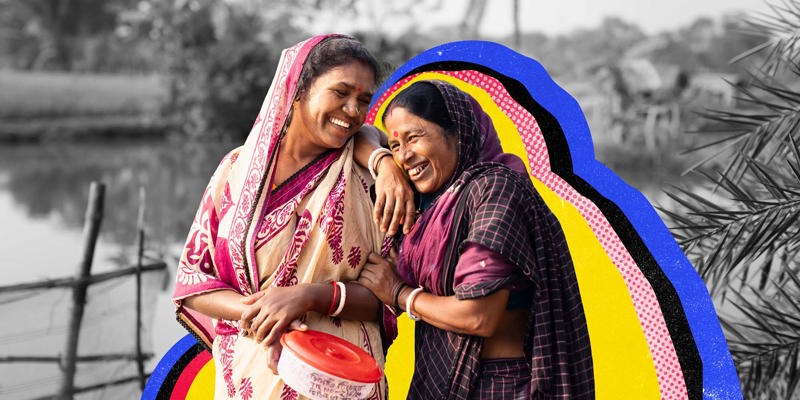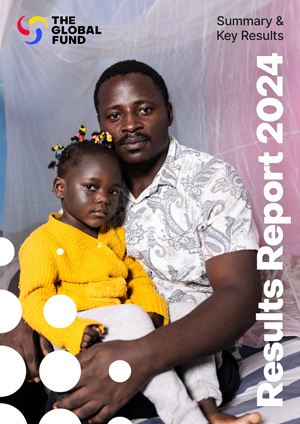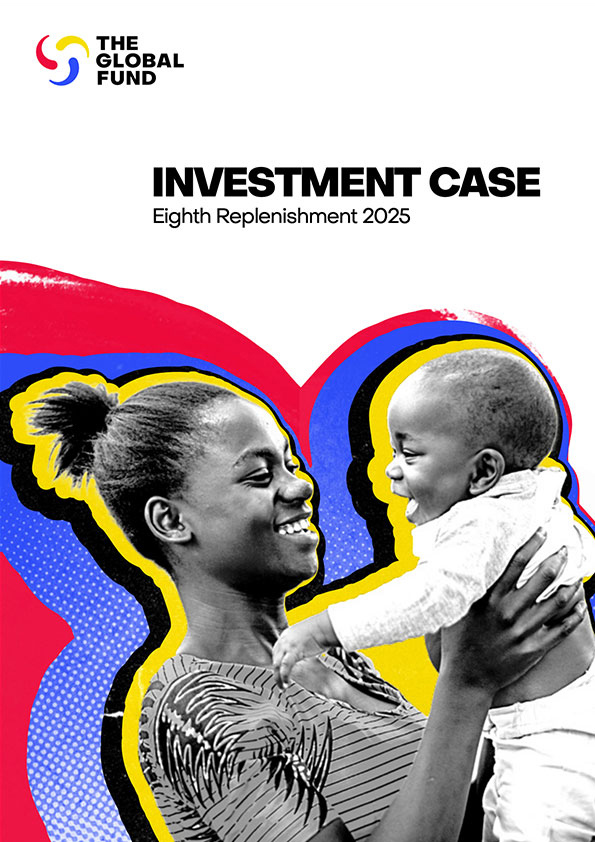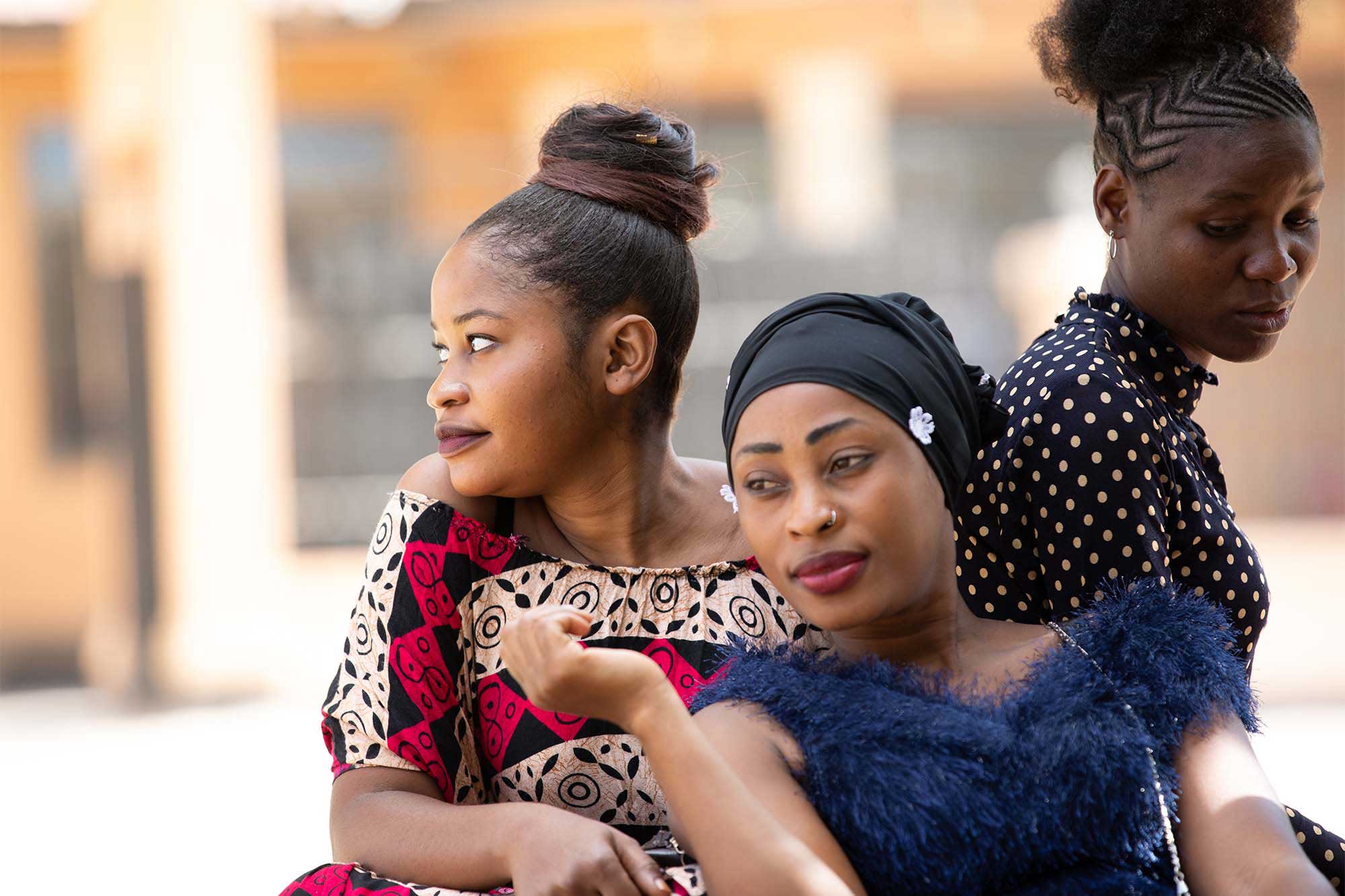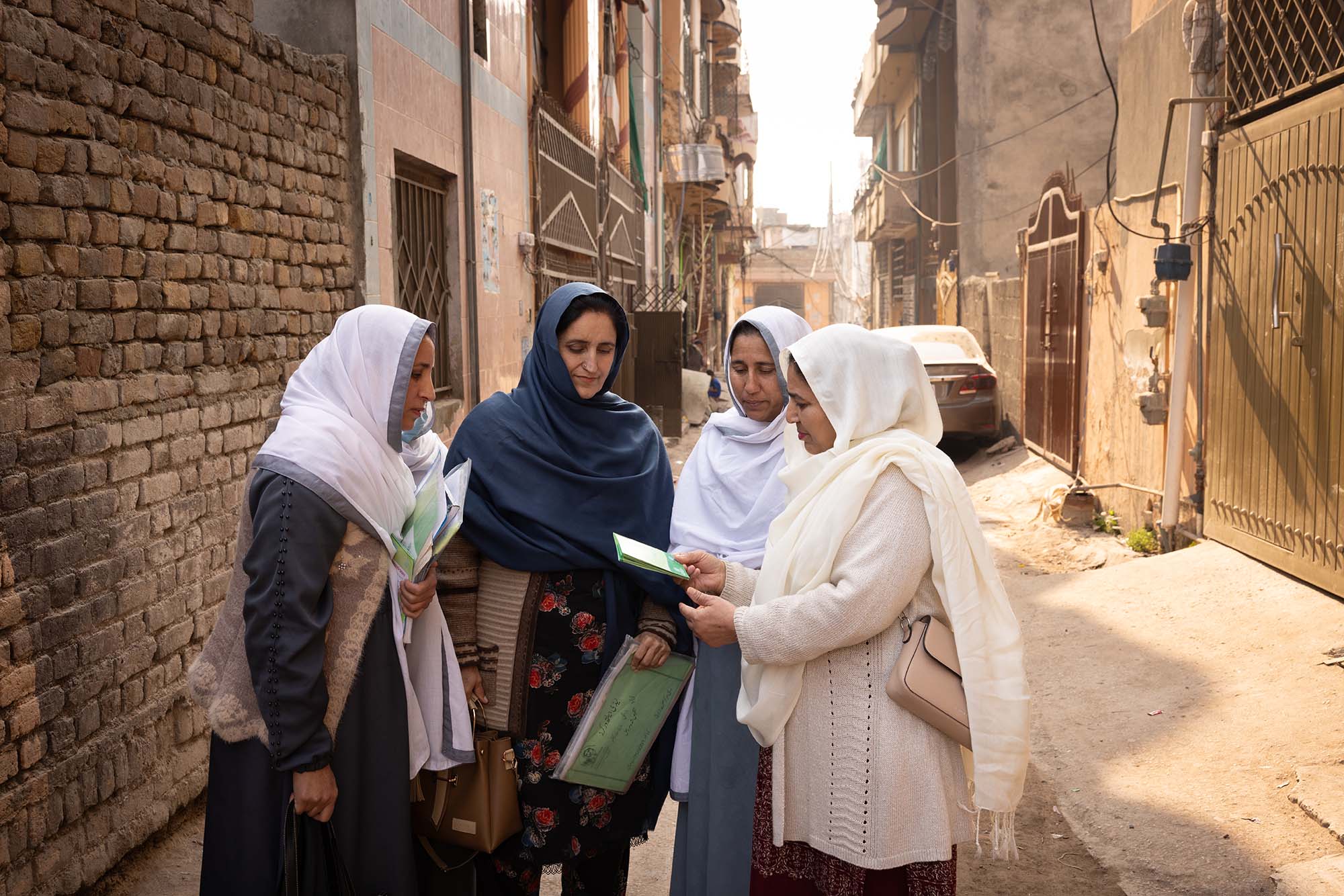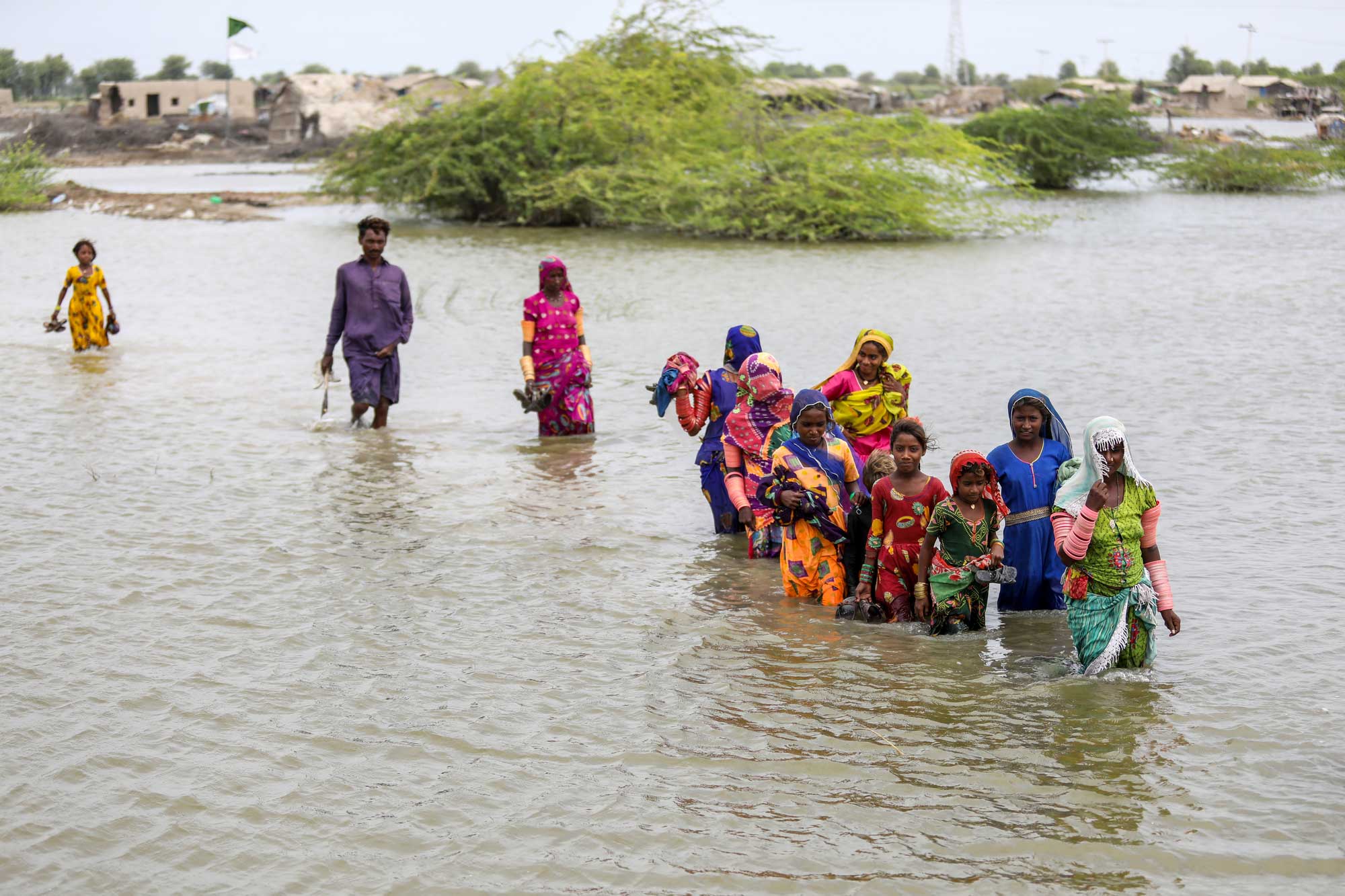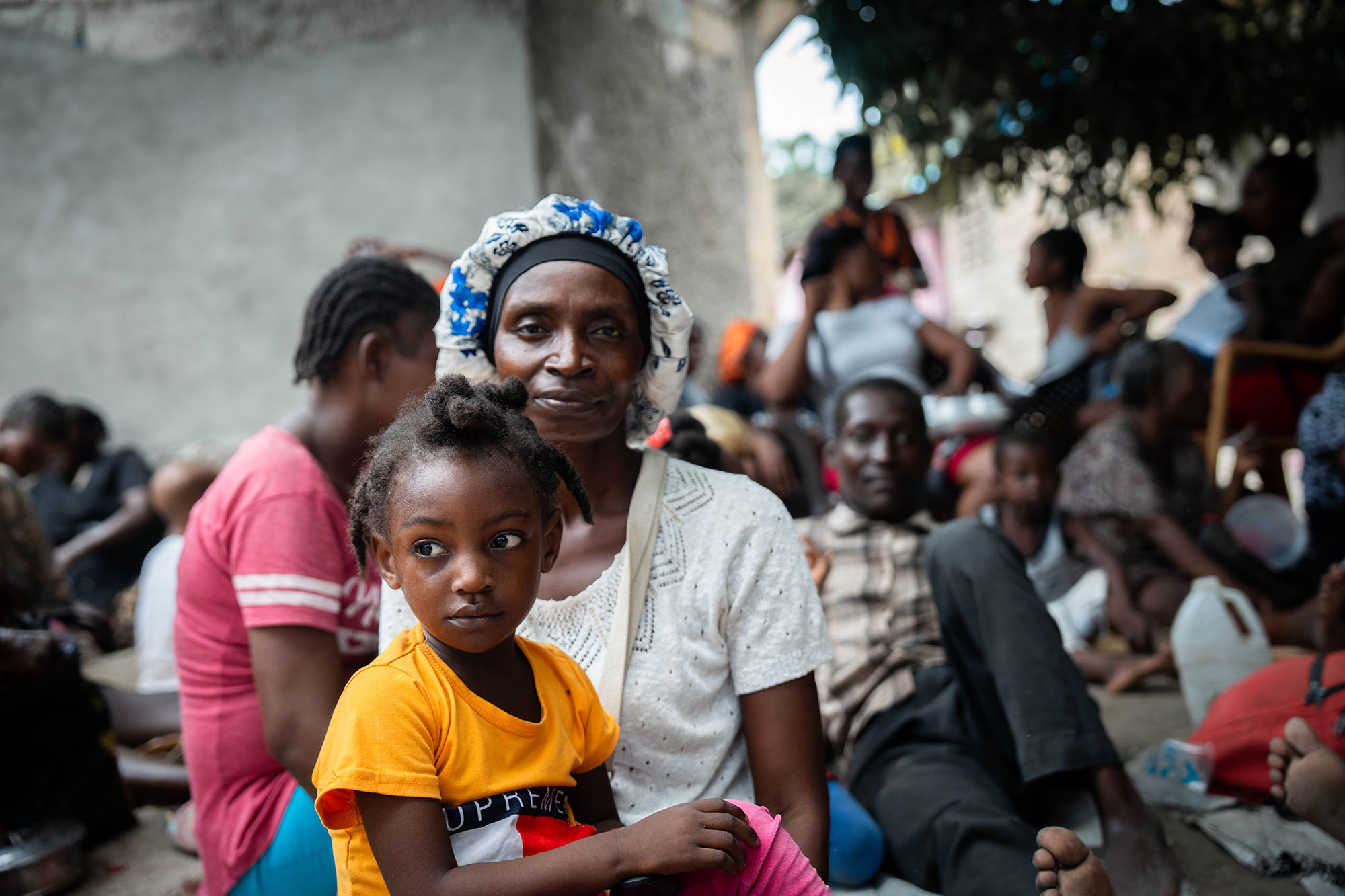The Challenge
In every region of the world, deep-rooted gender inequality is undermining health and well-being.
Gender inequality has long been recognized as a powerful driver of the HIV epidemic in particular. Adolescent girls and young women are still disproportionately affected: Despite improvements over the past decade, HIV prevalence among adolescent girls and young women living in sub-Saharan Africa is three times higher than among adolescent boys and young men. Gender-based violence is both a cause and consequence of HIV, increasing the risk of HIV transmission and intensifying the harmful consequences of disclosure for people living with HIV.
Gender differences and inequalities can also influence TB outcomes. While women generally face greater barriers to TB care, men are more than twice as likely to have active TB. Harmful gender norms around masculinity may also lead to greater exposure to risk factors for men, like smoking and working in high-risk occupations, as well as a lower likelihood to seek care.
Gender roles, relations and dynamics have an impact on the malaria epidemic as well. Women’s limited economic and decision-making power may impede their ability to access insecticide-treated nets, attend antenatal care and receive malaria prevention, or seek treatment for febrile children. In many regions, men and adolescent boys have a greater occupational risk of exposure to malaria and higher incidence, which in turn leads to transmission to other household members.
Ending HIV, TB and malaria as epidemics cannot be achieved through biomedical interventions alone. We must confront the injustices that make some people especially vulnerable to diseases and unable to access the health services they need. We cannot end HIV, TB and malaria as epidemics without making gender equality a priority.



